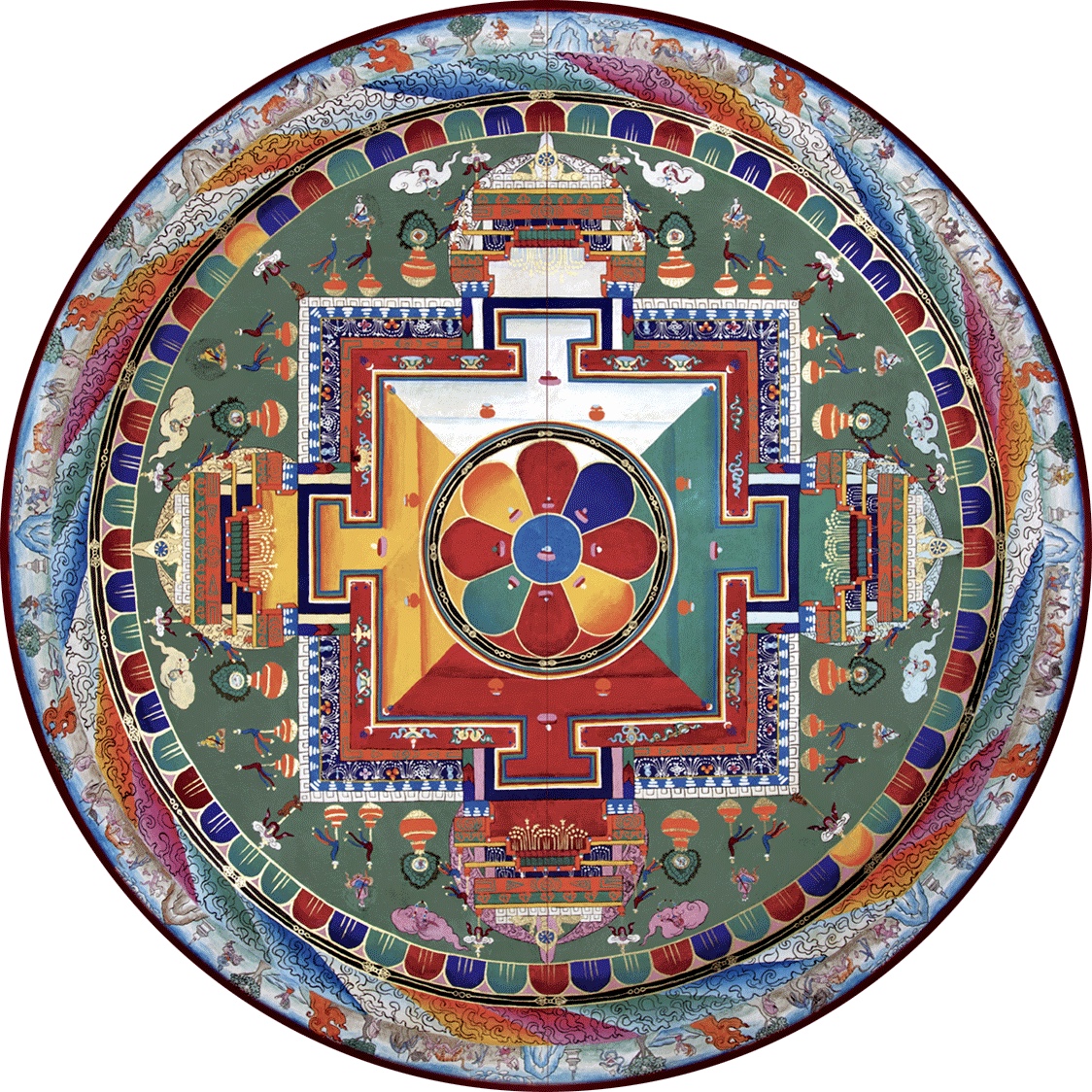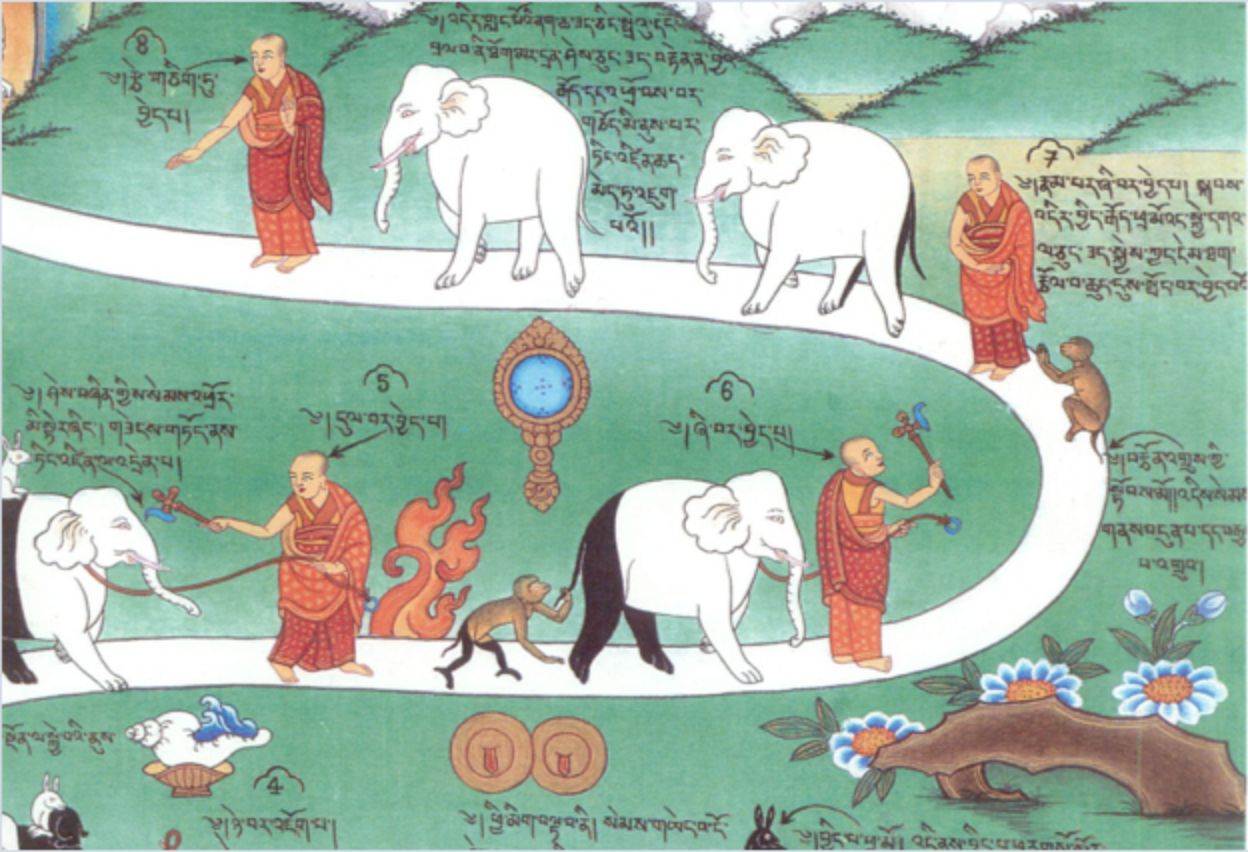Tibet
Tibet has been associated throughout history with magic and mystery. The land beyond the Himalayas was a natural fortress, a place of ancient knowledge and spiritual practice. In the 19th century a curious Russian writer and teacher called Helena Petrovna Blavatsky visited Tibet (no easy task in those days) and managed to gain entry to some of the ancient spiritual schools that were still there. After her travels, Blavatsky (or H.P.B., as she is often referred to) spent the rest of her life disseminating the profound ideas she had discovered, making many of them generally available to Western audiences for the first time.
This part of the course will provide some interesting facts about the life of H.P.B. and the ideas that she discovered during her time in Tibet. We will study in particular the ‘Voice of the Silence’ – a book she compiled and translated from Tibetan sources.




